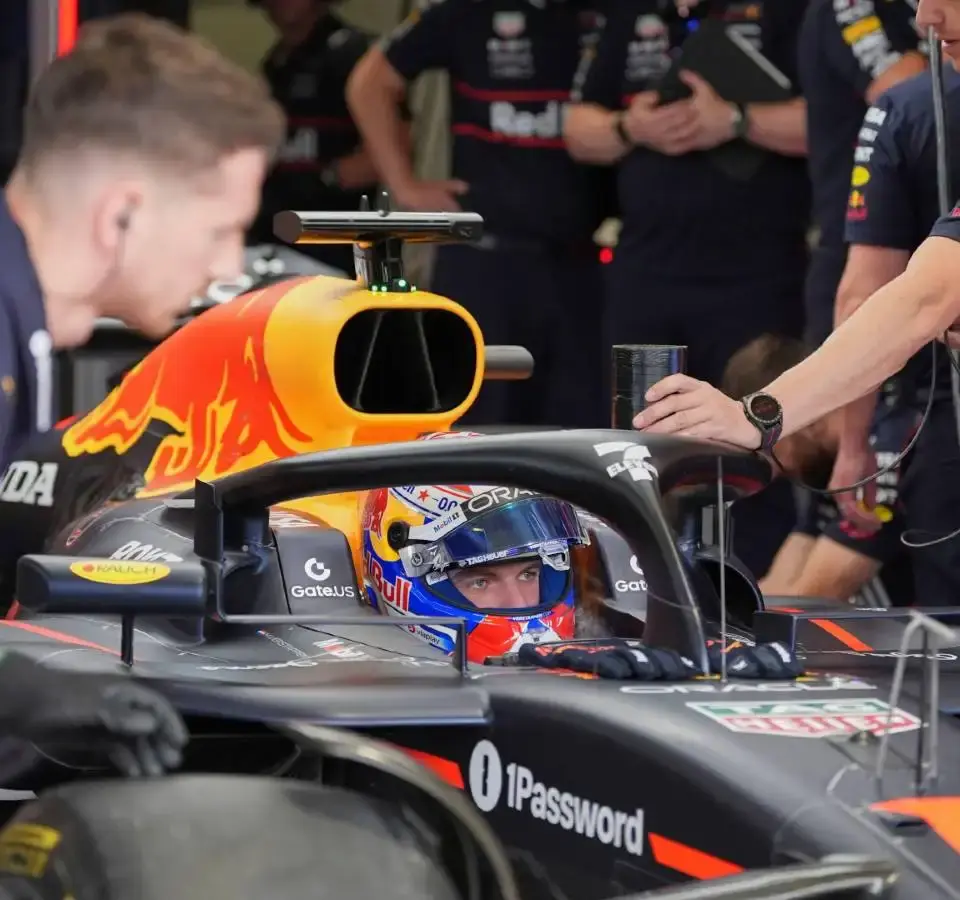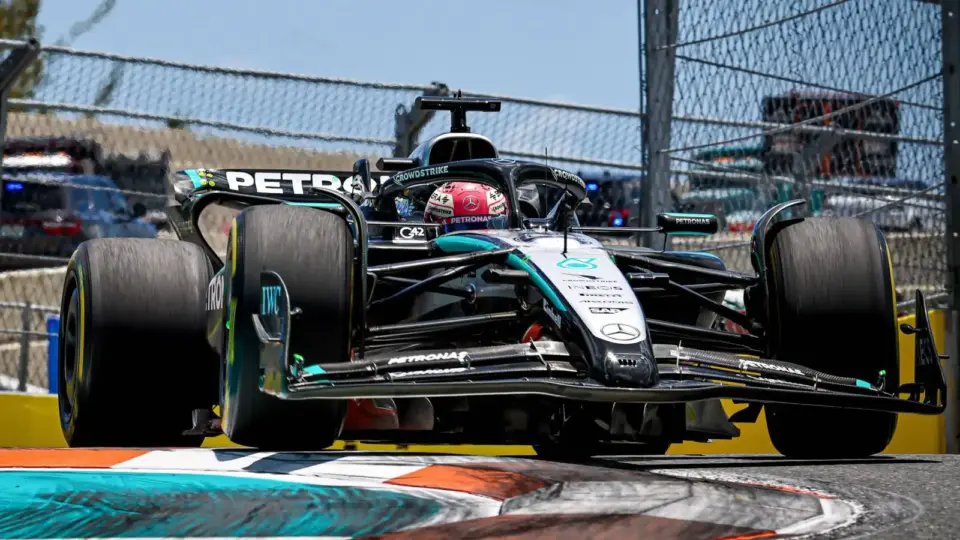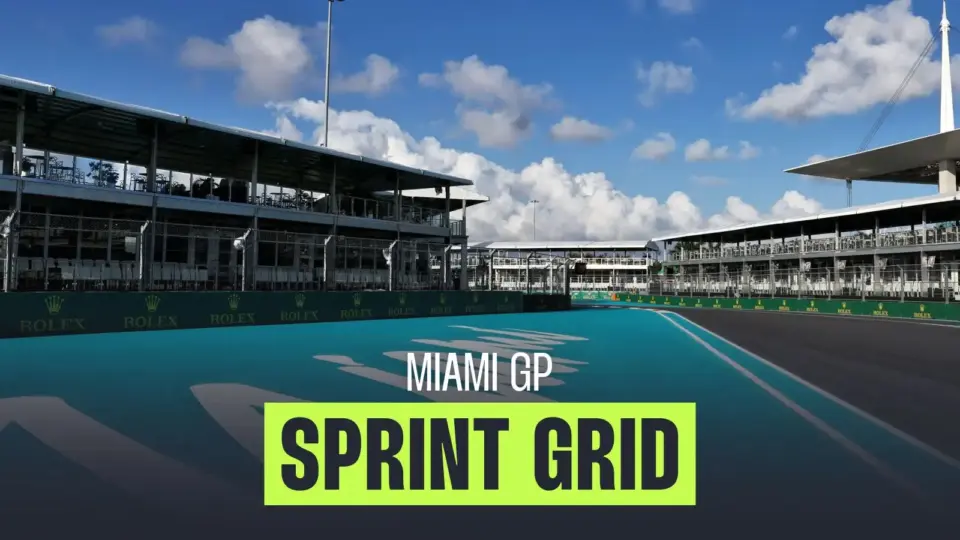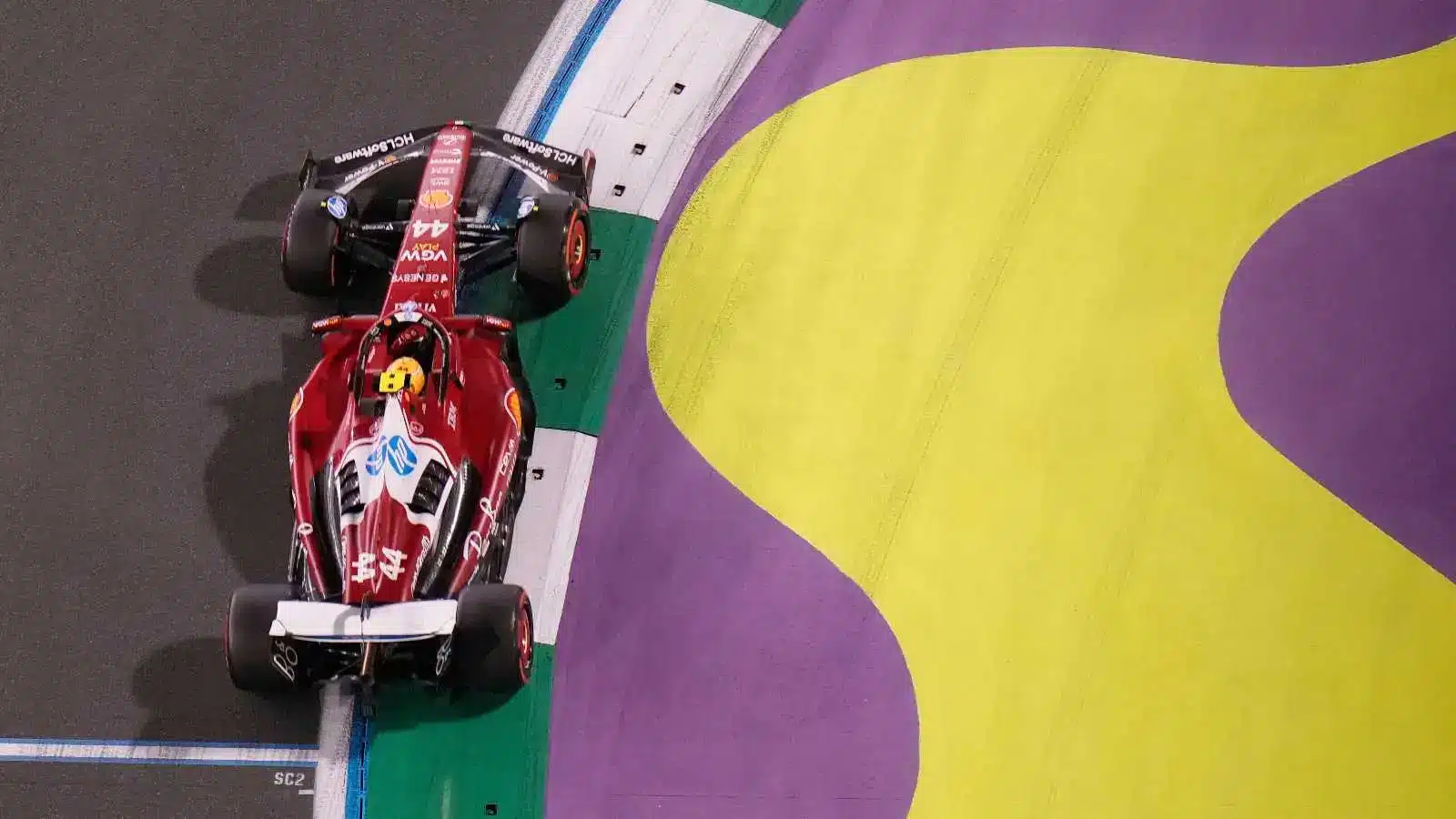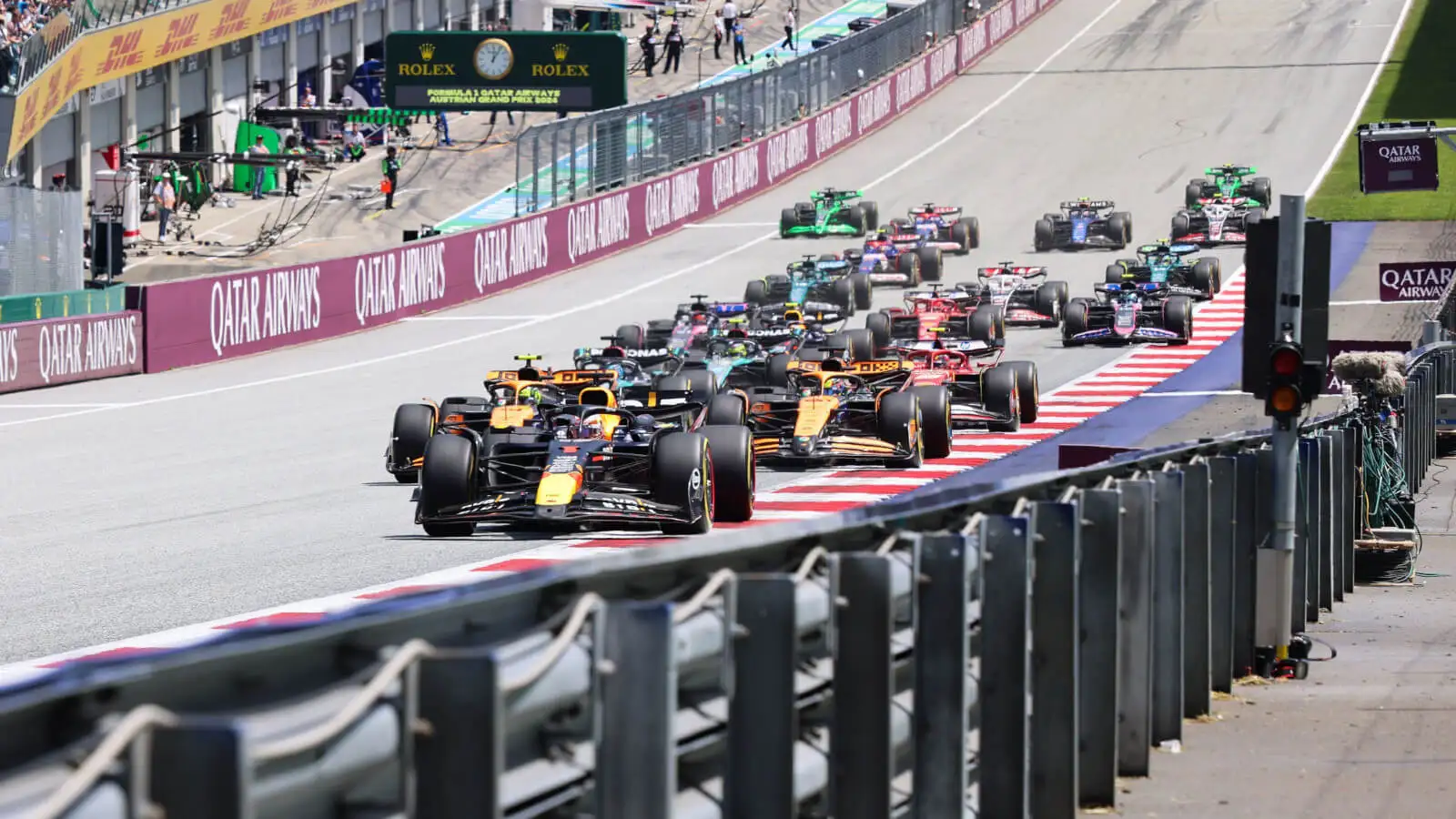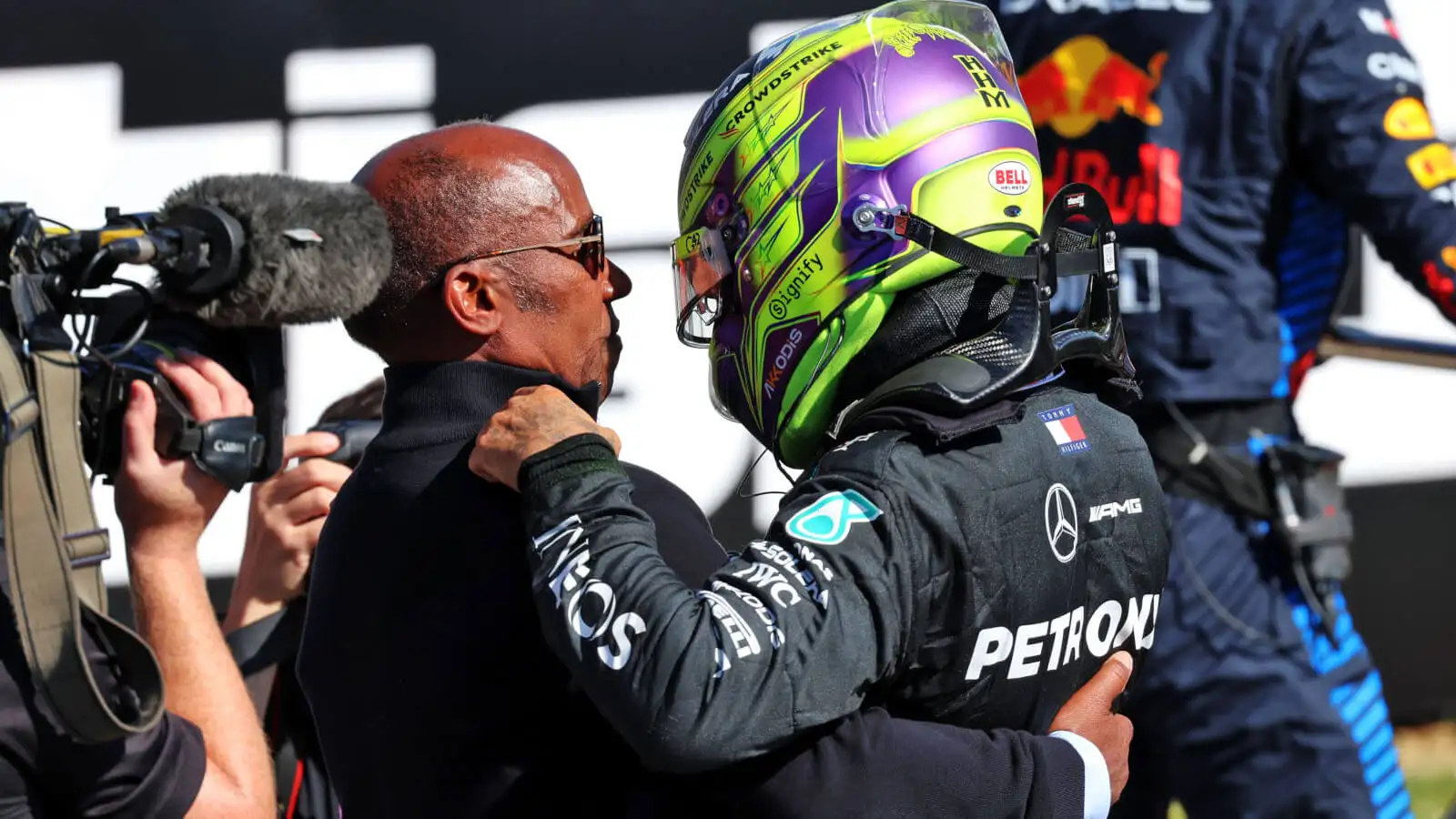Max Verstappen, a key player in the Formula 1 landscape, found himself at the center of a recent FIA investigation following the Miami Grand Prix. His appearance before the stewards came after Sprint Qualifying, casting a temporary shadow over his weekend. The heart of the matter was alleged non-compliance with specific FIA regulations, which led to whispers of a potential penalty looming over the Red Bull driver’s head.
The tension surrounding Verstappen’s Miami GP performance was palpable, especially with his fourth-place finish in the Sprint Qualifying. Cue the rumors and speculation about whether Verstappen would face penalties affecting Saturday’s race. The Red Bull camp had to navigate a sea of anxiety as the stewards’ decision loomed, fueled by the alleged breach of Article 33.4 of the FIA Sporting Regulations and Article 12.2.1.i of the International Sporting Code. The focus was on compliance with the Race Director’s notes regarding lap timing.
Investigation Details
Shortly after the Sprint Qualifying concluded, Verstappen received a summons. The issue at hand was his adherence to time limits outlined by the FIA, particularly during his laps between Safety Car lines. The alleged breach pointed to a lapse in maintaining the designated time of 1:45.0. Upon review, a six-second discrepancy was discovered between Safety Car Lines 1 and 2. Yet, the stewards ultimately chose to reprimand the team and not the driver, citing false programming as the culprit.
Team’s Defense
Red Bull was quick to respond, explaining the cause of the time discrepancy. According to their statement, a programming error within the car led to a misleading time display. During the meeting with the stewards, they clarified that Verstappen was unaware of the issue during the qualifying laps. Subsequently, once the error was identified, the team adjusted their approach, advising Verstappen to adapt his driving accordingly.
This adjusted approach was confirmed by the stewards’ review of telemetry data. It showed that Verstappen drove consistently at a constant speed, maintaining a safe distance from other competitors on the track.
The Race Direction Notes, furnished by Rui Marques, emphasized a strict adherence to timings to prevent a slow driving pace. They required drivers to manage their speed effectively, an aspect that Red Bull asserted they adhered to, despite the software misstep.
Impact on Other Drivers
Not everyone on the track was convinced about the simplicity of the oversight. Lance Stroll, for one, noted his own personal interactions with Verstappen. He observed that Verstappen’s speed seemed to disrupt his own fast lap ambitions. Stroll remarked on the impact, describing instances where he had to brake to avoid Verstappen’s slower vehicle.
Stroll’s comments shed light on the potential ripple effects of Verstappen’s timing issue. “It cost me tenths,” he lamented. His narrative underscores the importance of strict adherence to the regulations, not just for fairness, but also for the safety and integrity of the competition.
Despite these claims, the stewards determined that Verstappen’s actions did not warrant further penalties. Their decision rested on the understanding that Verstappen took appropriate measures after realizing the misprogramming. He ensured no dangerous situations or impediments occurred.
Verstappen’s Race Feedback
Max Verstappen, reflective as ever, shared his thoughts post-qualifying. He attributed the underwhelming Sprint Qualifying to a track and car setup that didn’t fully play to his strengths. Miami’s low-speed corners posed a significant challenge, exacerbating the car’s understeer.
Verstappen’s feedback highlighted the ongoing quest for optimization within the team’s approach. He acknowledged the limits imposed by these track-specific challenges but remained optimistic about their overall performance despite these setbacks.
In recounting the weekend’s struggles, Verstappen also pointed out how limited practice data adds a layer of unpredictability in sprint weekends. He alluded to the elusive nature of competitive adaptation when conditions and data fall short of the usual standards.
Parallel Incidents
Interestingly, Verstappen wasn’t the only one to cross into the stewards’ realm. Five other drivers found themselves under scrutiny for similar infractions. Drivers from teams like Williams and Mercedes faced the stewards’ query, reflecting a wider issue of time compliance during qualifying.
However, the stewards took no further action against these drivers. They concluded that these individuals, like Verstappen, were not at fault for intentional missteps. Their actions did not impede others, and they maintained satisfactory speeds during the scrutinized laps.
Atmosphere and Reaction
The paddock buzzed with speculations during the investigation, but the final decision came as a relief to many. Fans and teams speculated about the potential outcomes, considering Verstappen’s competitive nature and usual performance standards.
With the investigation closing, the focus slowly shifted back to race preparation and strategy. The decision by the FIA stewards reaffirmed a standard of clarity in communicating and enforcing the rules, even amidst occasional oversights.
There was a collective understanding among drivers and teams of the nuances involved in the oversight. An appreciation for the stewards’ nuanced perspective grew, acknowledging the balance between enforcing rules and recognizing legitimate errors.
Going Forward
The resolution of Verstappen’s case brought insights into the ongoing relationship between the FIA, teams, and technology. It highlighted how technology’s role in racing demands constant updating and vigilance to prevent simple errors from spiraling into larger issues.
Verstappen’s situation stimulated a discussion on the potential need to review and refine compliance procedures. It hinted at the prospective improvement in how the race’s technical aspects mesh with real-time strategy.
The Bigger Picture
The weekend’s events added another layer to the mix of talent, engineering, and regulatory oversight that defines Formula 1. While Verstappen’s case ended on a stable note, it reinforced the significance of technological reliability and human oversight in racing environments.
As the dust settled, the takeaway from Miami was clear: maintaining balance and precision in this high-octane sport is paramount. Verstappen’s journey through this investigation showcased the complexity of the sport, beyond mere speed and competition.
Reflecting on Miami
Ultimately, the Miami Grand Prix served as a reminder of the myriad factors driving the thrilling world of Formula 1. Verstappen’s involvement this weekend, though challenging, underscored his competitive spirit and resilience.
The conclusion of the investigation left Red Bull and Verstappen unfettered, ready to refocus their energies. The Miami spectacle was a testament to the intricate dance between regulation, compliance, and peak performance.
In the end, Max Verstappen’s encounter with the FIA stewards at Miami highlighted the challenges of balancing speed and compliance in Formula 1. His case serves as a reminder of the watchful eye needed to navigate this thrilling sport’s layered complexities.
